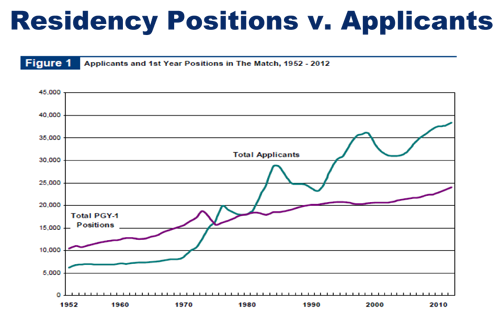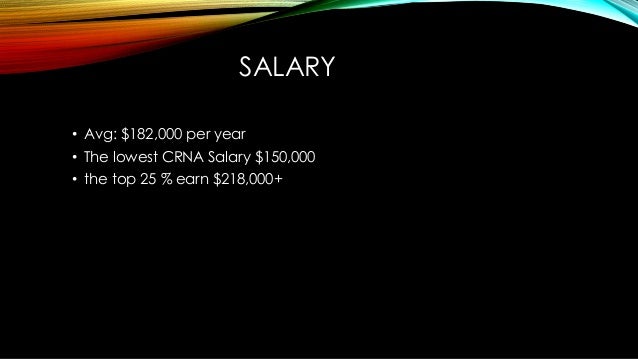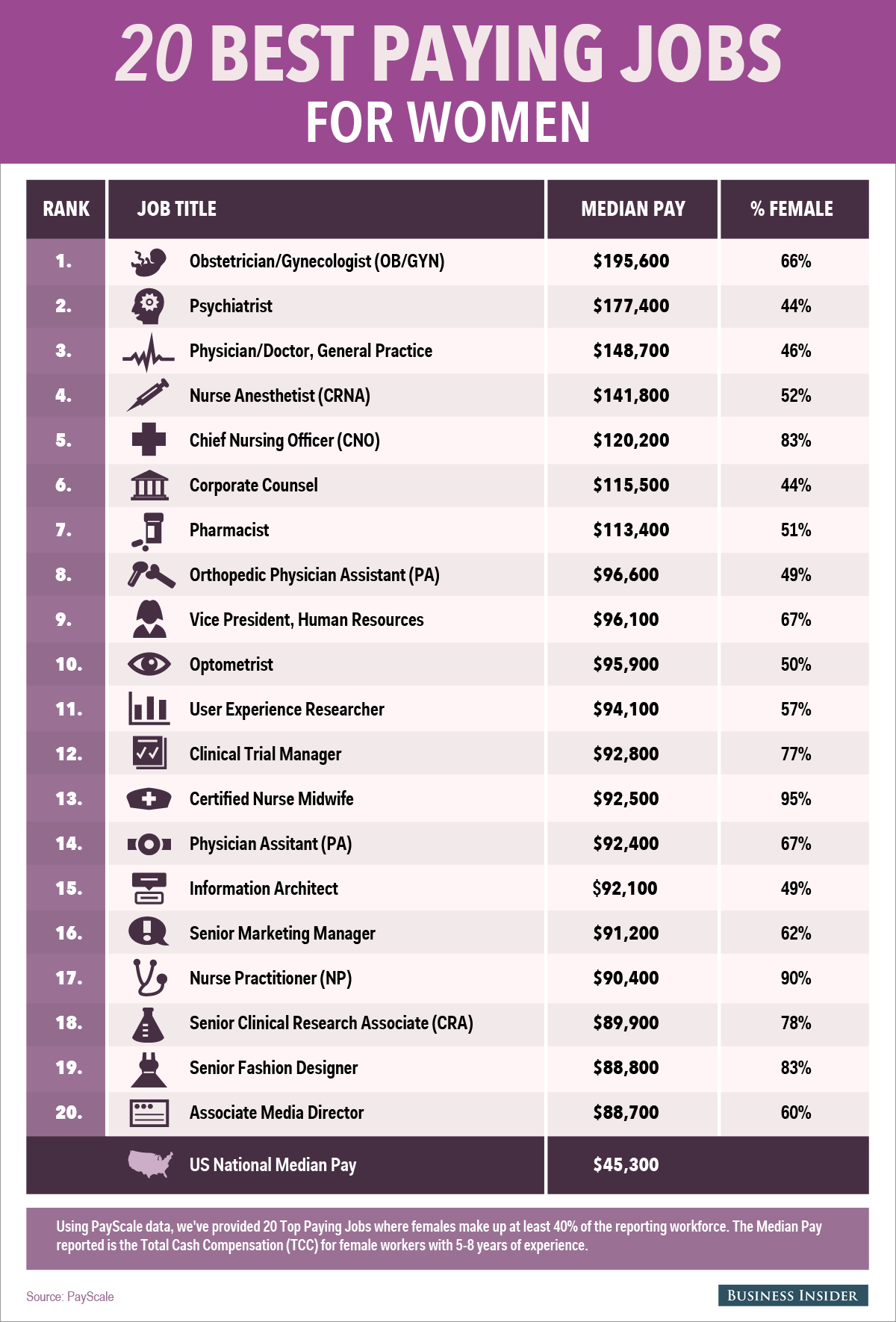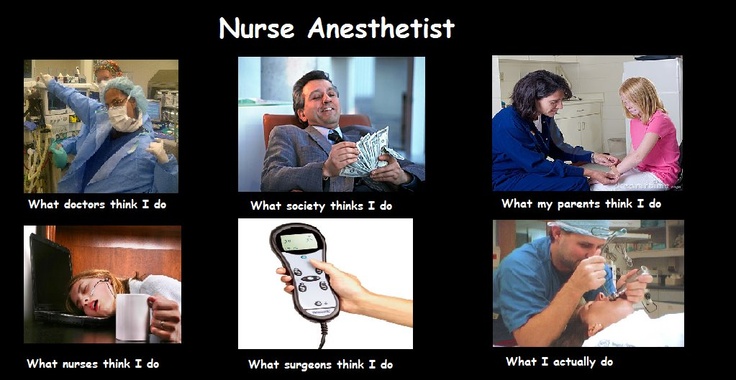- Joined
- Aug 19, 2015
- Messages
- 136
- Reaction score
- 82

Interesting data. The sharp drop-off in the # of anesthesiology graduates in the 1990s is clearly evident here, and it seems like we may be headed for another one of those in the future, unless IMGs/FMGs pick up the slack.
Also interesting is that the # of AAs has barely made a dent, while the # of CRNAs has seen a huge increase in the last decade or two.











